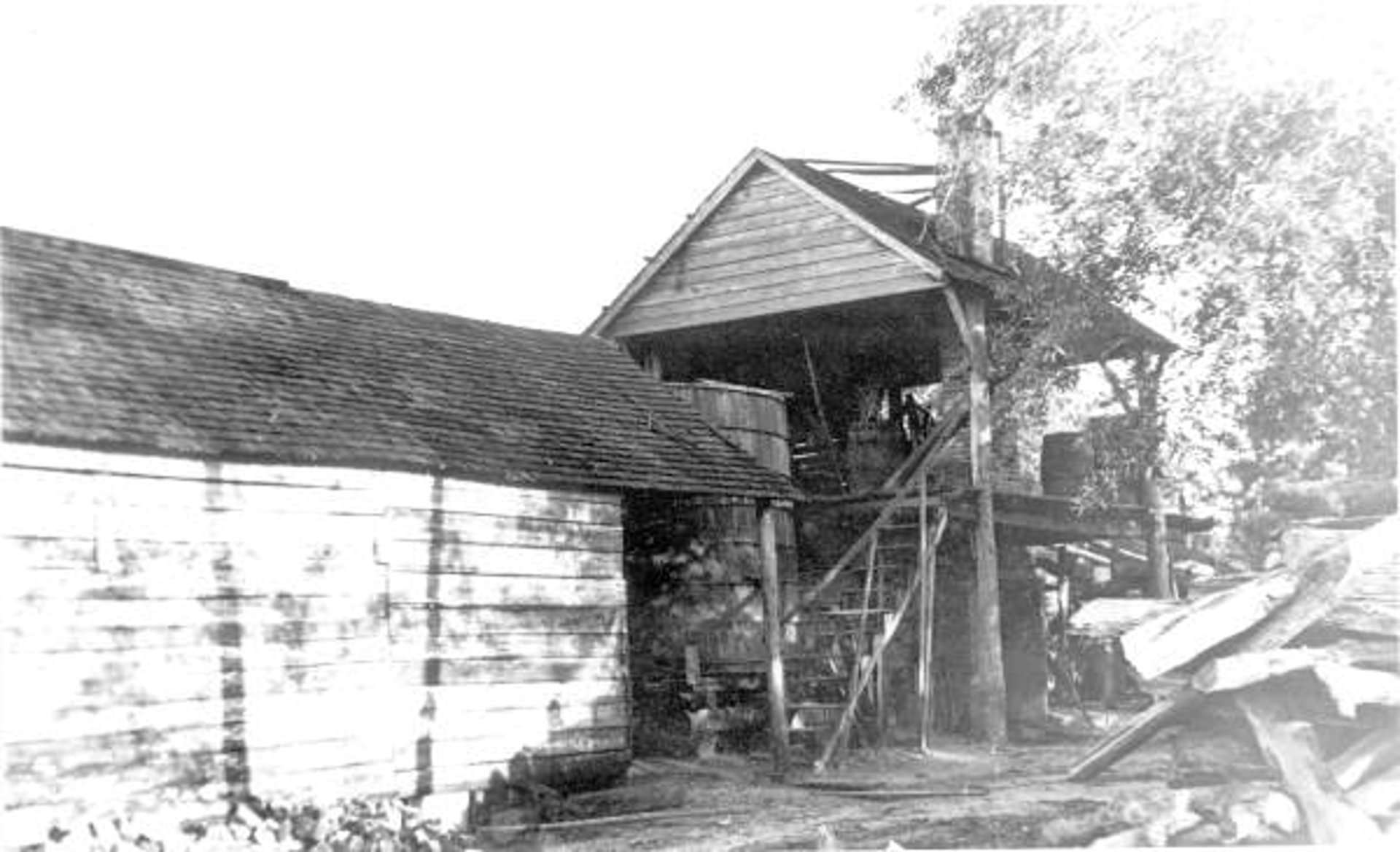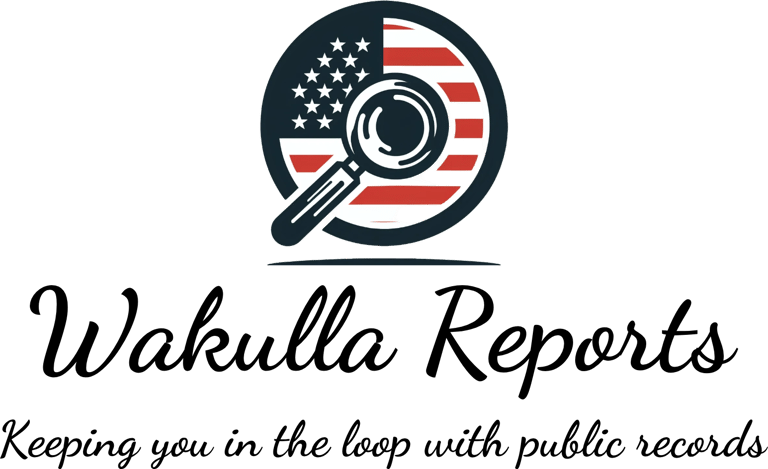BOCC July 14, 2025 Meeting - Other Items of Interest: Millage Rate, Budget Scheduling, Solid waste and Fire Rate
MONEY & FINANCEWAKULLA BOCC MEETINGS
7/13/20254 min read


💰 Millage, Meetings & TRIM Notices: Wakulla’s Budget Ballet Begins - Item #25
It’s budget season, and that faint whiff of paperwork in the air? That’s the County calculating how much it’ll cost to keep the lights on—and how much of the bill lands on you. Item 25 on the July 14 agenda tees up two critical public hearings where Wakulla will finalize its FY2025/2026 millage rate and county budget.
This is where budget priorities get stamped in ink, millage rates lock in, and fiscal transparency either shines or quietly tiptoes off stage.
🗓️ The Big Dates
First Public Hearing (Tentative Millage & Budget): September 3, 2025 at 5:01 PM
Second Public Hearing (Final Millage & Budget): September 15, 2025 at 5:01 PM
Location: County Commission Chambers
These dates follow Florida’s Truth in Millage (TRIM) laws, which ensure public notice and prevent scheduling overlaps with School Board hearings (they get dibs on calendar rights). You’ll find all the juicy details in your TRIM notice, hitting mailboxes around August 22.
📬 What the TRIM Notice Tells You
Florida’s TRIM notice isn’t a bill—but it’s a preview of your possible property tax bill. It includes:
Your property’s assessed value
The proposed millage rates from all local taxing authorities
A comparison to last year’s rates
The date/time of the budget hearing where you can speak up
It’s your budget spoiler alert, delivered right to your mailbox.
🧠 How Millage Works (Without Falling Asleep)
“Millage” is short for mil per thousand dollars of taxable value. One mill equals $1 in tax for every $1,000 of assessed property value.
Formula: Taxable Value ÷ 1,000 × Millage Rate = Your Tax Bill
If your home’s taxable value is $200,000 and Wakulla sets a millage rate of 7.9000 (last year’s rate), you’d pay:
200,000 ÷ 1,000 × 7.9 = $1,580
The twist? Florida law requires the County to compare the proposed rate to the rolled-back rate—the rate that would bring in the same revenue as last year, adjusted for increases in property value. If the new rate exceeds that, the County must announce the exact percentage increase at the first hearing.
🔍 So... What’s the New Rate?
Here’s the kicker: Item 25 doesn’t include the proposed FY2025/2026 rate. All we know is:
Last year’s rate was 7.9000
The new rate will be revealed in your TRIM notice or at the September 3 hearing
Until then, taxpayers play the waiting game
💸 The Budget Bits You Should Know
Wakulla is submitting its preliminary balanced budget on July 14
Solid Waste and Fire MSBU rates will be adopted at the final hearing
The final budget must be posted online by October 15
It’ll cost about $200 to advertise the final hearing in The Wakulla Sun
🧺 Solid Waste, Solid Math: Wakulla’s Trash Talk Gets a Price Bump - Item #18
Item 18 on the July 14 agenda asks the Board to adopt the Preliminary Rate Resolution for Solid Waste Services—basically, the County’s annual ritual of setting how much each household pays to keep garbage from piling up in paradise.
Spoiler: it’s going up.
💵 What’s Changing?
The proposed rate for FY2025/2026 is $214 per dwelling unit.
That’s a $10 increase from last year’s rate of $204.
The County estimates this will generate $3,291,962 in gross revenue.
The Board can lower the rate at the final hearing, but cannot raise it beyond $214 once this preliminary resolution is adopted.
🗓️ Key Dates & Process
Public hearing to finalize the rate: September 15, 2025 at 5:00 PM
Location: County Commission Chambers
Cost to advertise the hearing: $180
TRIM notices and mailed notices will go out by August 25, 2025
🧠 How the Rate Is Calculated
Each residential parcel is charged based on the number of dwelling units. So:
Rate × Number of Dwelling Units = Your Solid Waste Assessment
If you’ve got one home, it’s $214. Two units? $428. And so on.
The County uses this formula to build the Solid Waste Assessment Roll, which determines how much each property owes. That roll is updated annually and made available for public inspection.
🧓 Hardship Assistance Program
For residents who qualify as Extremely Low-Income Persons, the County offers a hardship waiver. Applicants must:
File by June 1 each year
Provide income documentation
Meet federal income thresholds (30% of area median income)
If approved, the County pays the assessment using non-assessment funds—not from the trash fee pool.
🚒 Fire Fees & Fiscal Flames: Wakulla’s Annual Rate Reset - Item #19
Wakulla County’s yearly ritual of recalibrating the Fire Protection Services assessment—the fee that funds fire trucks, emergency response, and the infrastructure that keeps flames at bay.
This year’s Preliminary Rate Resolution proposes a modest increase across all property types, setting the ceiling for what residents and businesses might pay come October.
💵 Proposed Rates for FY2025/2026
Residential: $263 per dwelling unit (up from $256 last year)
Commercial: $0.212 per square foot
Industrial/Warehouse: $0.021 per square foot
Institutional: $0.244 per square foot
Vacant Land: $1.53 per acre
These rates are now locked as the maximums—the Board can lower them at the final hearing, but cannot raise them beyond this point.
🗓️ What Happens Next?
Final hearing: September 15, 2025 at 5:00 PM
Location: County Commission Chambers
Cost to advertise the hearing: $180
TRIM notices and mailed notices will go out by August 25
🧠 How It’s Calculated
The County uses a call-demand model to apportion costs:
Residential properties are charged per dwelling unit
Non-residential properties are charged per square foot
Vacant land is charged per acre
Rates are based on historical demand for fire services by property type
The total projected revenue from this assessment? $4,636,789
🧓 Hardship & Vacancy Adjustments
Hardship waivers are available for extremely low-income homeowners
Mobile Home & RV Parks can apply for vacancy adjustments if units are unoccupied
These exemptions are funded by non-assessment dollars, not from the fire fee pool
Together, Items 25, 18, and 19 show how Wakulla County builds its taxpayer funded operational backbone—one rate, one hearing, and one TRIM notice at a time. Whether it’s the millage that funds broad services, the solid waste fee that keeps garbage in check, or the fire assessment that powers emergency response, these decisions affect every household in dollars and impact.
They might seem routine, but they're foundational. The County’s revenue strategy is being set right now—and residents have every reason to pay attention, ask questions, and weigh in before these numbers go from proposed to permanent.
Because civic budgeting isn’t boring when it shows you exactly what your local government values—and how much they expect you to pay for it.

Additional Social Links
YouTube is your go-to for short clips, video explainers, and visual breakdowns of how Florida and Wakulla governments really work.
Facebook brings you bite-sized written content, sticky-note facts, and rolling updates you can share and discuss.
Prefer to browse at your own pace?
Bookmark our website and visit anytime for fresh posts, resources, and real-life examples from right here in Wakulla County.
© 2024. All rights reserved.
